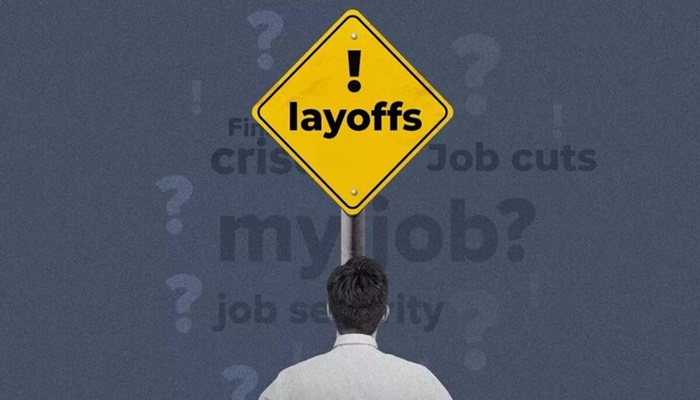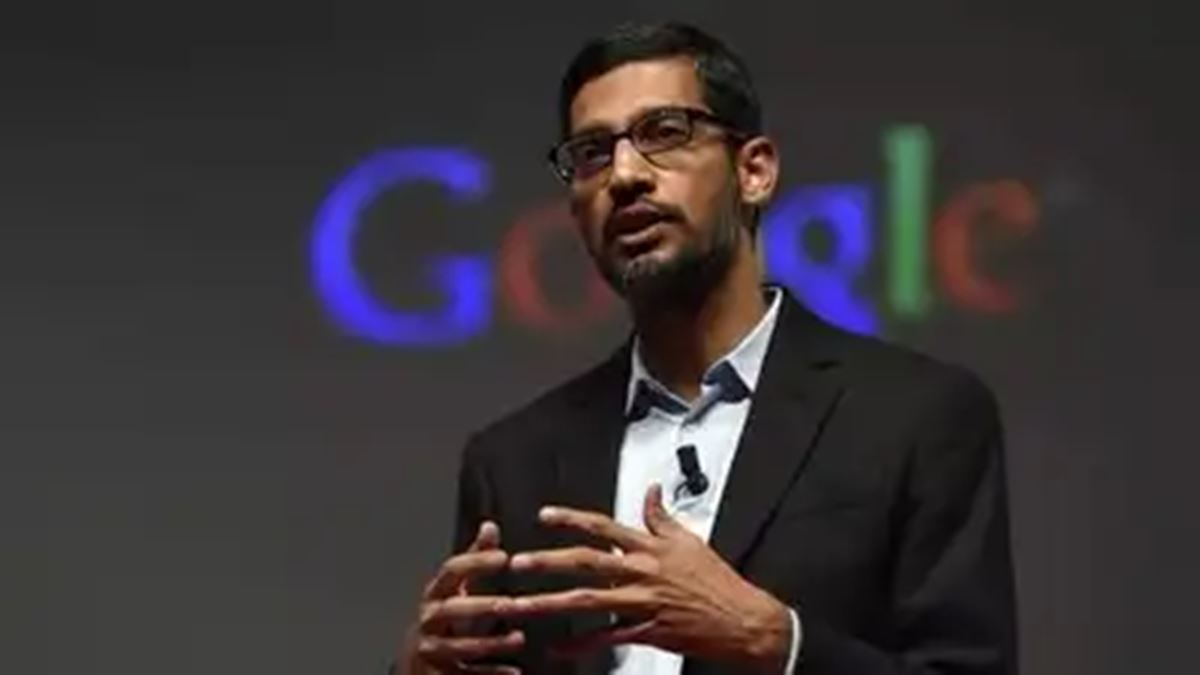SINCE the COVID-19 pandemic began in early 2020, the way we work has undergone a massive transformation. Social distancing policies forced millions of workers to adapt to the Work from Home (WFH) system, which gradually evolved into Work from Anywhere (WFA). This shift has been driven by advancements in digital technology and online collaboration platforms, allowing office tasks to be completed without physical presence. Cafes, coworking spaces, and even vacation spots have become makeshift offices for urban professionals. Amid this flexibility, the critical question remains: is this work model still effective in maintaining productivity?
The adoption of WFA is not just limited to private companies; government institutions have also taken notice. In 2022, Indonesia’s Ministry of Administrative and Bureaucratic Reform (PANRB) tested a flexible working arrangement for civil servants (ASN), combining WFO (Work from Office) and WFH. One reason behind this is the efficiency in operational costs, with the Ministry of Finance reporting savings of up to 30% on electricity, water, and logistics during remote work. Big tech companies like Tokopedia and Shopee have also permanently implemented hybrid work policies, signaling a shift in the paradigm that physical presence is no longer the sole indicator of performance.
However, the impact of WFA is not entirely positive. Some reports indicate a decline in productivity due to environmental distractions or the blurring of boundaries between work and personal time. A 2022 McKinsey survey revealed that 45% of employees felt mentally fatigued when working outside of the office without a clear structure. Moreover, WFA is not equally applicable across all sectors. The disparity in digital infrastructure, especially in remote areas, means that workers outside major cities cannot enjoy this flexibility. If not managed fairly, WFA could create new productivity gaps and widen access disparities between regions.
Flexibility That Refreshes
Work from Anywhere has become a dream for many workers in the digital era. A 2023 Buffer survey found that 98% of remote workers want to retain the option of flexible work even after the pandemic ends. They say the ability to choose their work location helps maintain mental health and improves quality of life. In Indonesian cities like Jakarta, Bandung, and Yogyakarta, the phenomenon is evident with the proliferation of coworking spaces and cafes converted into daily workspaces. Digital platforms like Zoom, Slack, and Google Workspace have become key tools to maintain coordination among geographically dispersed teams.
However, this flexible work system does not suit all types of jobs. WFA is ideal for digital-based sectors like IT, graphic design, content writing, and digital marketing. But for sectors that require direct interaction or fieldwork—such as healthcare, primary education, manufacturing, or public services—this work model is hard to implement fully. For example, a kindergarten teacher or university lecturer cannot effectively teach only through online media without physical presence, especially in education that demands direct interaction. Professions like nursing, electrical technicians, or factory workers require physical presence and specialized equipment. In this regard, WFA is a luxury that not all sectors can enjoy.
Risks and Digital Divide
Despite its benefits, WFA also introduces significant challenges in maintaining discipline and productivity. Without direct supervision, many workers struggle to focus and avoid distractions. Non-formal work environments like cafes or hotels may seem comfortable but often disrupt concentration. This is worsened by the temptation to multitask, which diverts attention from the primary task. A 2022 McKinsey report found that 41% of managers reported a decline in team performance since remote work was fully implemented. Another issue is the lack of clear time structure, which causes work to extend into late hours, disrupting work-life balance.
Moreover, WFA exacerbates the digital divide, especially in remote areas. While cities like Jakarta and Surabaya have relatively stable internet access, many regions in Indonesia lack sufficient digital infrastructure. According to BPS 2023, only 57% of households outside Java and Bali have reliable internet access. This disparity becomes a significant challenge for equal access to remote work and online learning. For example, a worker in Papua might struggle to access reliable internet, making it difficult to work effectively from home or other flexible locations. This could deepen social and economic inequality, creating a divide between workers in urban areas and those in remote regions.
Conclusion: The Need for Strategic Management
To ensure WFA does not become a productivity trap, a new approach to work management is essential. Companies should focus on an output-based system, where employees are evaluated based on the results and achievements rather than the hours spent in front of the screen. Major companies like Google and Microsoft have already implemented this model, where employees are assessed by their work output rather than the time spent online. Companies must also ensure that digital collaboration tools like Notion, Slack, and Zoom are not only used for communication but are supported by digital skills training across employees, particularly in remote areas.
Governments must play a crucial role in supporting the sustainability of WFA by facilitating digital infrastructure development across Indonesia, especially in underserved regions. Programs like “Telecommunication and Informatics Infrastructure Provision” from the Ministry of Communication and Information need to be expanded so that more regions outside Java and Bali can enjoy fast and stable internet access. With proper infrastructure, the government can also provide training on time management and flexible work ethics for sectors that are still hesitant to adopt WFA. Without adequate support, WFA may remain exclusive to workers in big cities and technology sectors, leaving others behind.
Ultimately, the success of WFA depends on a balanced approach. If managed well, it can transform how we work, but without careful planning, it can exacerbate existing inequalities and strain work-life balance.
Source – https://kbanews.com/english-edition/work-from-anywhere-freedom-or-a-productivity-trap/




















